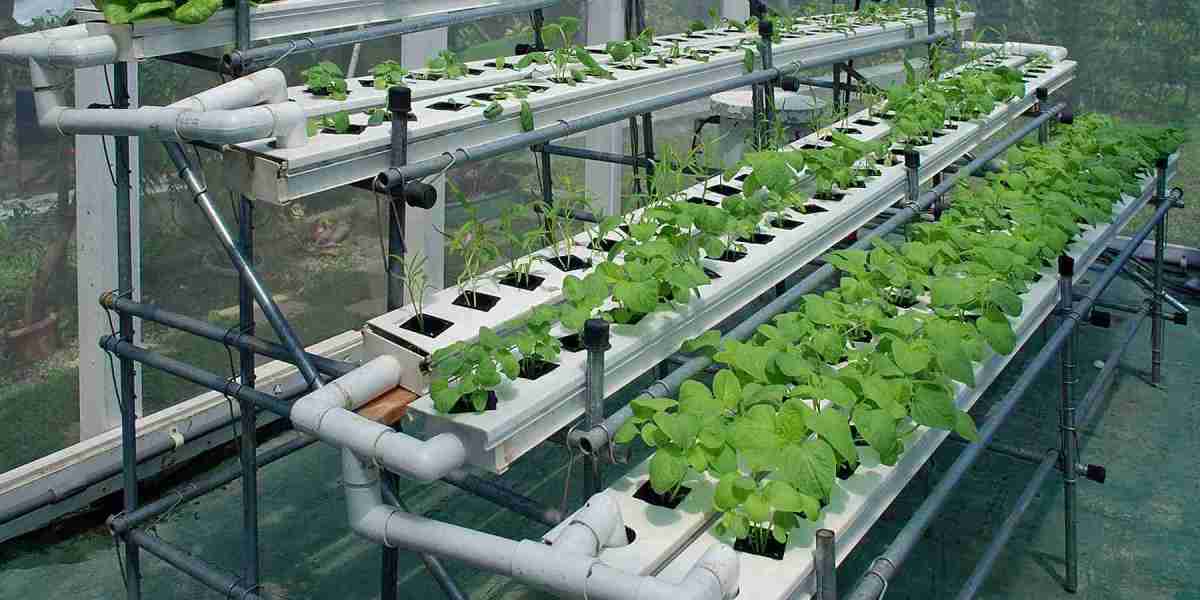Introduction
The agricultural industry is witnessing a shift as hydroponic farming gains traction as an alternative to traditional soil-based farming. With increasing concerns about sustainability, food security, and resource efficiency, hydroponics presents an innovative approach to food production. This article compares hydroponics market and traditional farming across key parameters such as productivity, resource usage, costs, and environmental impact.
Productivity and Yield
One of the most significant advantages of hydroponics over traditional farming is enhanced productivity.
Hydroponics: Grows crops in a controlled environment, allowing for faster growth rates and higher yields per square foot. Vertical farming methods further optimize space utilization.
Traditional Farming: Heavily dependent on soil quality, weather conditions, and seasonal changes, leading to variable yields.
Resource Usage: Water and Land
Resource efficiency is a critical factor when comparing hydroponic and traditional farming methods.
Water Consumption: Hydroponic systems use up to 90% less water than soil-based farming by recirculating water through the system. Traditional farming, on the other hand, is susceptible to water wastage through runoff and evaporation.
Land Use: Hydroponics requires less land as crops can be grown in stacked layers or in urban settings, reducing the need for large agricultural spaces. Traditional farming requires extensive land, which is becoming increasingly scarce in urbanized areas.
Cost Considerations
While hydroponics has notable advantages, cost remains a key differentiator.
Initial Investment: Hydroponic systems require a higher upfront investment in infrastructure, technology, and automation. Traditional farming has lower startup costs but higher long-term costs related to land, labor, and soil maintenance.
Operational Costs: Traditional farming involves costs related to fertilizers, pesticides, and irrigation, whereas hydroponics requires expenses for nutrient solutions, lighting, and climate control.
Environmental Impact
Both farming methods impact the environment in different ways.
Hydroponics: Reduces soil degradation, minimizes pesticide use, and lowers water consumption, making it a more sustainable choice.
Traditional Farming: Can lead to deforestation, soil depletion, and increased greenhouse gas emissions due to machinery and livestock farming.
Scalability and Accessibility
Hydroponics: Easily scalable in urban environments, allowing food production closer to consumers. However, technical knowledge is required for setup and maintenance.
Traditional Farming: More accessible to rural farmers but limited by land availability, soil conditions, and climate variations.
Future Outlook
The future of farming will likely involve a hybrid approach, integrating both traditional and hydroponic methods to maximize food production efficiency. As technology advances and costs decrease, hydroponics is expected to play a larger role in sustainable agriculture.
Conclusion
Hydroponics and traditional farming each have their strengths and limitations. While hydroponics offers higher yields, efficient resource usage, and environmental benefits, traditional farming remains the dominant method due to its accessibility and lower initial costs. However, as global food demand rises, hydroponic farming is set to complement traditional agriculture and contribute to a more sustainable future for food production.




